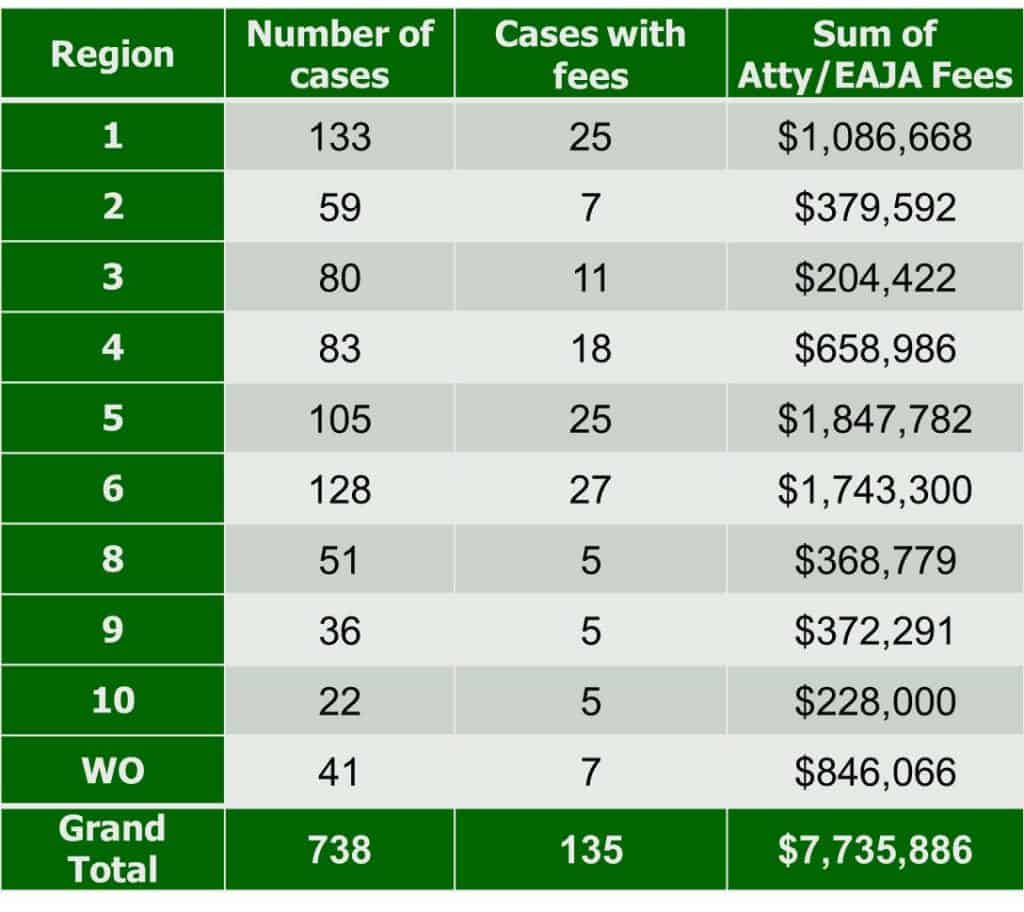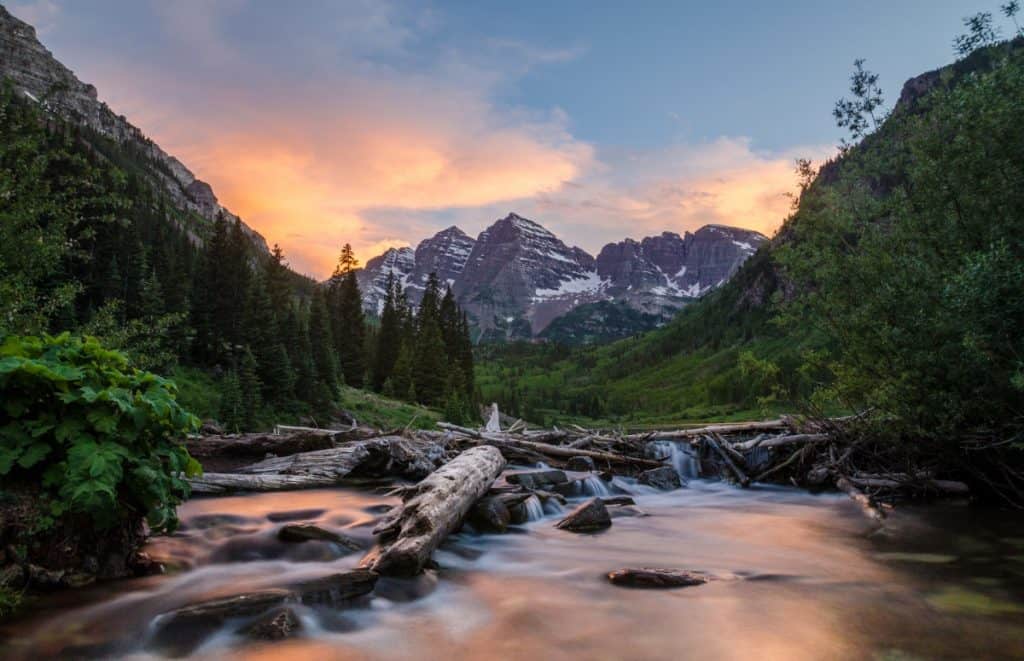Congress risks stirring old political battles by trying to scale back environmental rules in the fight against wildfires, Sen. Jeff Merkley (D-Ore.) said yesterday.At a hearing on wildfire legislation, Merkley urged lawmakers to concentrate on giving the Forest Service more money to manage forests — not power to thin them without extensive environmental reviews.
“Why go back to the timber wars of the past when we have the solution right in front of us?” Merkley said at a Senate Environment and Public Works Committee hearing on a draft bill by Chairman John Barrasso (R-Wyo.).
Yesterday’s hearing showed that rollbacks of environmental reviews through so-called categorical exclusions remain the main sticking point as Congress tries to stem the rising cost of blazes and adopt a more active approach to removing potential fuel from national forests.
Barrasso has taken a position more in line with timber interests and sportsmen’s groups, proposing to make as much as 6,000 acres at a time eligible for exclusions from the National Environmental Policy Act.
They could be used to speed projects thinning forests affected by pests, diseases and what foresters consider overgrowth that risks bigger fires.
Barrasso released the “Wildfire Prevention and Mitigation Act” in recent days (E&E News PM, Oct. 23). He told reporters he’ll seek to combine it with legislation that provides annual emergency funding for wildfires, working with Senate Energy and Natural Resources Chairwoman Lisa Murkowski (R-Alaska) and others.
Senators say they aim to pass wildfire legislation this year, possibly on the next hurricane relief bill in late October or early November.
Deadly wildfires in California’s Napa Valley, as well as a record fire season in Montana and Oregon, have raised the visibility of a long-brewing issue.
How much of Barrasso’s draft measure, and several other proposed bills, emerge in a final package remains to be seen. The committee’s ranking Democrat, Sen. Tom Carper of Delaware, said the chairman’s proposal includes some bipartisan provisions, including limiting lawsuits over forest projects, but takes a more partisan approach on environmental policy.
“I am concerned about the negative implications of these proposed reforms, would be layered on top of existing, underutilized forest management authorities,” Carper said.
Witnesses at the hearing said they believe most stakeholders agree that wildfires are growing more frequent and more thinning and removal of dead trees should be part of the solution, and that wildfires should be treated as natural disasters, like hurricanes or tornadoes.
But groups still don’t completely trust each other’s motives, they said, reflected in the discord over environmental regulations.
Environmentalists believe other interests are “trying to change the rules of the game,” said Dylan Kruse, policy director for Sustainable Northwest, which opposes new categorical exclusions and other aspects of Barrasso’s bill.
“I think we all agree that what we’ve done in the past has not worked,” said Wyoming State Forester Bill Crapser. “I think our end goals are all the same.”
Kruse said Congress should concentrate on wildfire funding and encourage the Forest Service to make more use of authority it already has — including categorical exclusions and stewardship contracting.
“We already have lots of tools,” Kruse said.
Merkley is pushing legislation sponsored by Sen. Ron Wyden (D-Ore.) called the “Wildfire Disaster Funding Act,” S. 1842, which provides an emergency funding stream for wildfires but steers clear of more divisive forest management issues. Rep. Mike Simpson (R-Idaho) has a companion bill in the House, H.R. 2862.
Those lawmakers say they agree forest thinning that clears potential fuel and provides timber should be part of the solution, but that funding is the immediate priority.
Disagreement over climate change’s impact on wildfires also provides some political charge. A wide range of scientists say global warming influenced by humans has helped lengthen the fire season by several weeks.
Sen. Sheldon Whitehouse (D-R.I.) was unable to prod Miles Moretti, president of the Mule Deer Foundation in Salt Lake City, to pin blame there.
Moretti said poor forest management might be partly at fault for the longer fire season but added, “It’s not my area of expertise.”


